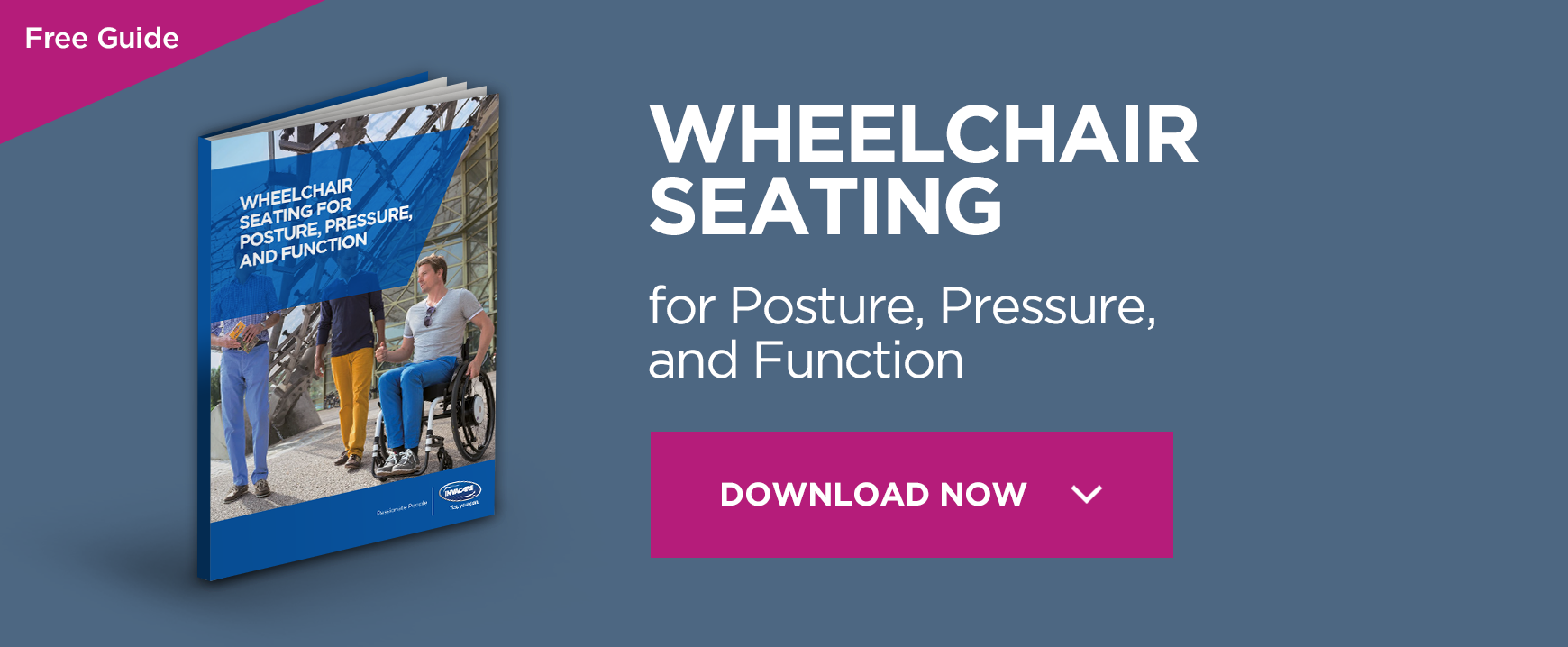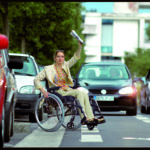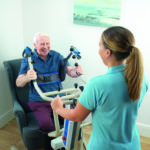The impact of SI Joint Pain on function and mobility

A large proportion of the population experience Sacroiliac Joint Pain but what exactly is the cause of this and how does it impact upon mobility and everyday function?
What is the SI Joint?
The SI joint is the joint connecting the hip and spine, positioned on both the left and the right side of the body.
During movement, the SI Joint helps to distribute the body’s weight from the trunk to the pelvis providing stability for the upper body while protecting and acting as a shock absorber for the spine.
There are 4 causes of SI joint pain:
- Biomechanical – inflammation at the joint over a period of time due to overuse/incorrect use off the joint during sports or increased activity.
- Inflammatory Joint disease – inflammatory conditions can alter the SI joint.
- Hormonal – the ligaments can stretch for example in pregnancy/preparation for child birth and are under pressure from increased body weight.
- Trauma – sudden impact which causes impact at the joint for example a car accident, contact sport or a fall.
Symptoms of SI Joint Pain
SI joint pain can affect everyone differently; from lower back pain described as ranging from a dull ache to a sharp stabbing pain on one side of the lower back, to in some a band of pain across the lower back often radiating to the buttocks and hip, including a tingling sensation down the leg of the affected side.
How SI joint pain impacts on Mobility and Function
SI joint pain impacts upon function as it affects both physical movement and can also impact upon your mental health with several people reporting depression/low mood as a secondary side effect.
Symptoms of pain can worsen with sitting, standing or lying for prolonged periods thus it is important to continue engaging in activities and change position regularly even though pain can intensify during transitional movements such as rising from a chair, stairclimbing or getting out of a car.
Bending and reaching can also significantly increases pain, therefore tasks that require bending forward can be problematic for example putting shoes on and off, hoovering or picking items up from the floor. Many people find that tasks such as dressing can take significantly longer than usual or that they need to ask family members to assist with this to reduce exacerbation of pain.
SI joint pain often leads to difficulties with bed mobility-including transferring in and out of bed, turning over in bed or lying on the affected side, therefore people tend to lie on their unaffected side. Long periods of time doing this should be avoided as force/the body’s weight is concentrated on the joint thus exacerbating pain.
As mentioned, in some cases SI joint pain can be exacerbated by sports, particularly contact sports. Once SI joints are damaged, there is a likelihood that engagement in these sport types will be limited due to the increased pain, however for some, sports activities such as yoga and pilates are beneficial as they strengthen the joint ligaments.
In order to maintain mobility and function it is important that you continue to engage in regular daily activities to encourage positive mental health and wellbeing, as well as strengthening muscles and preventing hypomobility (stiffening) at the SI Joint.
Top tips to maximise functional independence
- Maintain good posture -When sitting ensure that, your feet and elbows are supported, back is straight and hip and knee joints as close to 90 degrees as possible.
- When lifting, bend the knees and straighten the back; avoid lifting heavy objects.
- Undertake regular exercise which promotes strengthening and stretching.
- Adaptation of activities and the environment or task to promote good posture and allow for frequent position changes such as having the ability to change between a sitting and standing position, use of compensatory aids and equipment.
Following these tips with regards to reducing exacerbation of SI joint pain should empower you to reduce the impact it has on both your mobility and overall function.
Author: C. Pearson, the O.T agency







